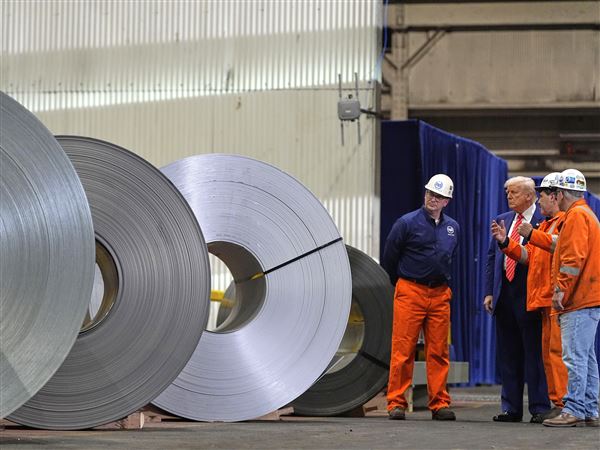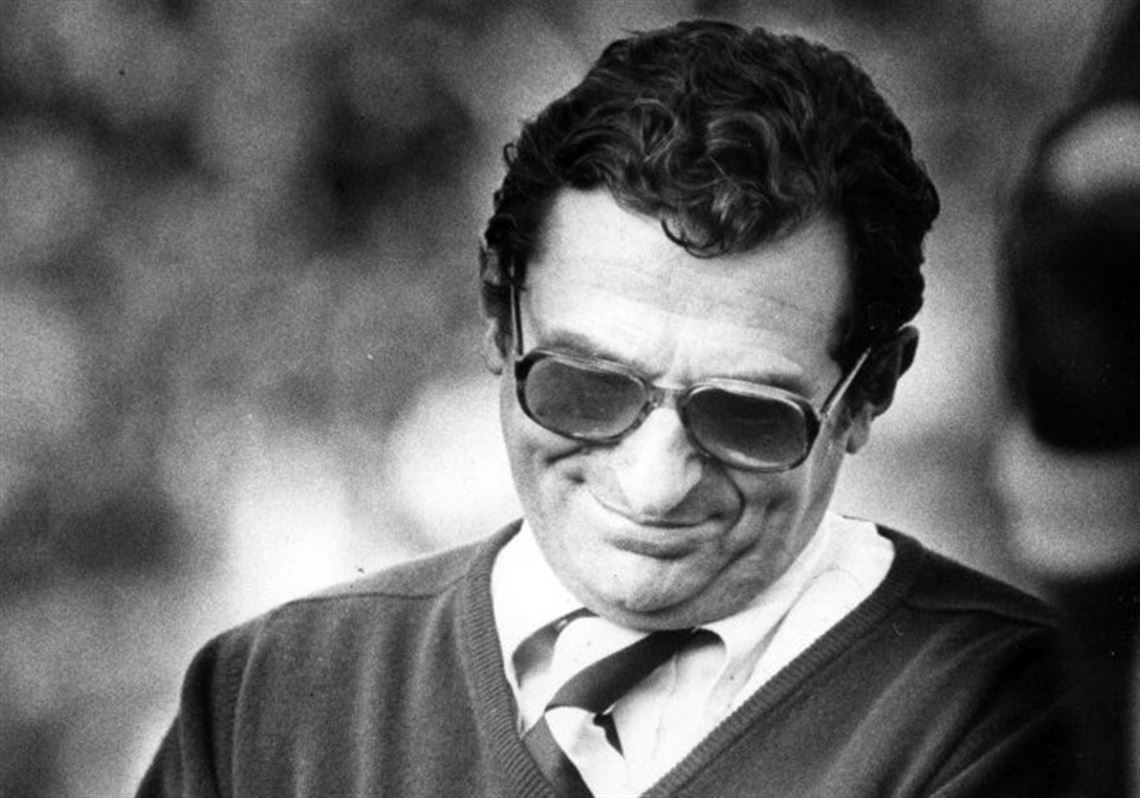Pitt and Penn State will play each other in football this weekend for the first time since 2000, and then they’ll play in each of the next three seasons before the series takes another hiatus.
It’s a shame, really, that these two schools can’t figure out how to make this an annual game. The subject of why they don’t/can’t play has been in the spotlight this week, and there have been plenty of theories floated about it.
One that is often thrown out there is that this game would still be happening — in the form of a league game — had the Big East just accepted Penn State as a member in 1982.
It’s a reasonable thought. Penn State joins the Big East, everyone is happy, they hang around the league, and once Miami, West Virginia, Virginia Tech and company join in 1991, it becomes a dominant football league.
I watched the ESPN documentary “Requiem for the Big East” two days ago for about the 10th time, and in it, former Big East commissioner Mike Tranghese said when Penn State was voted down by the members (5-3 vote) he told Dave Gavitt (the commissioner and Tranghese’s boss at the time) that the Big East would “rue the day” of that decision.
Tranghese has said the same thing numerous times in numerous settings, including in a Q&A from the New York Times in 2009, when he was retiring.
It’s a wonderful tale, but that’s just what it is: pipe dreams.
Penn State would not have saved the Big East. The Big East was always destined to fail because too many of the most influential members didn’t value football, didn’t want football and weren’t really committed to football.
The Big East was born and raised as a basketball conference, and the reason it failed was it never understood or really wanted to understand that football drives the bus in modern college athletics.
The other issue the Big East had is that a hybrid-league with schools that don’t play all of the same major sports just doesn’t work.
This is all very clear if you watch that documentary, as the former Georgetown AD Frank Rienzo made it very clear that football wasn’t helping his cause any so he didn’t care about it and didn’t see how Penn State helped the Hoyas.
The basketball-only schools had their agenda. It didn’t promote the same agenda as the schools that play big-time football, and that was always going to be a source of conflict.
To be honest, I would argue that if Syracuse and Boston College played Division I-AA football instead of major independent football, the Big East would never have ever tried to become a football league.
The football conference was always doomed to fail, and one of the largest sticking points in the early days was the idea of football schools keeping their independent status (and thus, their own revenue from football) but getting to share revenue for everything else — i.e. men’s basketball, which was the conference’s crown jewel.
That’s why this idea that if Penn State would have been voted into the Big East, it would still be alive and kicking as a viable football conference is just completely pie in the sky stuff and a farce.
As a quick history lesson, Joe Paterno at the time was trying to form an Eastern Conference, but it, too, would have been destined to fail because of the way the revenue would be split.
The Big East commissioner didn’t want to lose Syracuse and Boston College so he was proactive and approached Pitt about joining the Big East instead so that Syracuse and Boston College would have a football independent brother within the conference — and also because Pitt was a key to the new league getting formed.
It was almost as simple as “grab Pitt, Paterno’s league collapses, and Syracuse and BC have nowhere else to go.”
That’s the cliff notes version — here is the longer version — and as history tells us, Pitt chose the Big East over Paterno’s Eastern League.
It turned out to be the right move for Pitt: The Big East was established, it was a good spot for all of its other sports and it saved Pitt from being involved in Paterno’s fledgling league as that would have been a mess.
That brings me to this idea that Pitt and Penn State would still be in the Big East together and playing each other annually had the Big East just invited Penn State to join back in 1982.
Obviously, I can’t go back in time and don’t know what would have happened, but based on 14 years as a beat reporter watching up close and personal how many of the power brokers in the Big East treated football, I can give you a really educated guess.
Penn State would have joined the Big East in 1982 and figured out pretty quickly the league had no desire to make football a priority and would have figured out (as it did) that life as a football independent was going to become increasingly difficult.
College football was changing, the television money handed out to conferences and bowl alignments were making it much less lucrative to be an independent and that’s why the independent schools such as Florida State began flocking to join conferences.
Penn State would almost assuredly still been invited to the Big Ten in 1990 and bolted because it was a much more stable, football-centric conference and because the potential to earn a lot more money was available.
Even if it didn’t happen then, it would have happened at some point in the first 10 years of the Big East football conference for all of the same reasons I have already laid out — basketball drove the bus, the conference’s commitment to football was always lip service.
I can’t tell you how many discussions I had over the years with athletic directors and football coaches of various schools venting their frustrations about the fact that the conference office, which was located in Providence, R.I., was not hearing the concerns of the football members because of its ties to the basketball schools.
This is why the Big East football league was doomed to fail with or without Penn State.
If anything, Penn State may have made the process of the football conference blowing up quicker as it would have left at some point and probably prior to 2000 and maybe would have led to the exodus of Miami and Virginia Tech.
I suppose one could argue that Penn State would have been influential enough to persuade all the football schools to split from the basketball-only schools with them and form their own league, but that is pipe dream stuff as well.
For one thing, Paterno and Penn State couldn’t get anyone to follow them in the early 1980,s so I’m not sure what would have changed in 10-15 years. More importantly, the “split the schools” idea was floated and discussed numerous times and never happened because Tranghese worked hard to fight that off.
It was only until the Armageddon moment of Syracuse and Pitt leaving the Big East that the conference finally saw the light and split into two leagues - one for the Football Bowl Subdivision football programs (American) and one for the schools that don’t play FBS football (Big East).
The Big East basketball conference in its glory days was the best basketball conference in the country and provided a lot of wonderful years and memories.
The Big East football conference also had some very good moments and a good run, but it was always treated like the conference’s step child. That — not the decision not to invite Penn State — was always its biggest obstacle.
I can’t tell you definitively that Penn State would not have saved Big East football, but I can tell you that Big East football was doomed to fail from the start because of how the league was configured and who were the most powerful voices in the league.
Pitt and Penn State may have played a few years together in the league and maybe even played a couple of more games beyond 2000.
But there is no way they’d be playing together in the same league right now unless Pitt was in the Big Ten or Penn State was in the ACC because the Big East football conference would still have imploded even if the 1982 vote on Penn State went the other way.
Paul Zeise: pzeise@post-gazette.com.
First Published: September 8, 2016, 6:04 p.m.

















